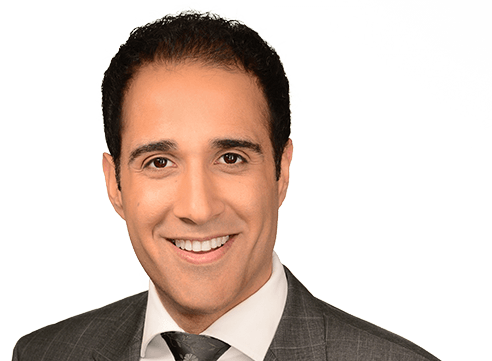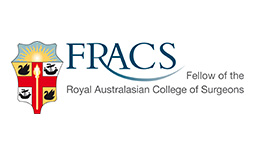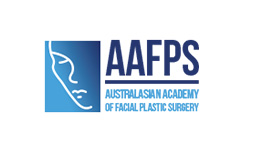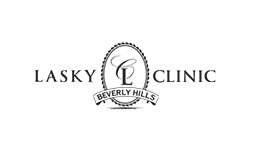It is common for patients to require a secondary surgery due to a relapse in sinus conditions or the development of new symptoms. Revision sinus surgery may benefit patients who have not responded well to medical treatments or are still exhibiting symptoms after primary sinus surgery.
Revision sinus surgery
Am I a Candidate for Revision Sinus Surgery?
You may require revision sinus surgery if you had previous sinus procedures and medical treatments that did not fully correct your sinus problems.
Before recommending Revision Sinus Surgery, Dr Choroomi will reassess all patients by:
- Taking a very detailed sinus medical history.
- Examining inside the nose and sinuses using an Endoscopic camera.
- Performing a new CT scan as anatomy has changed since the primary surgery.
Based on his assessment, Dr. Choroomi will determine whether medical treatment or revision sinus surgery is appropriate for you. Each patient is unique therefor specific questions regarding surgical procedure, recovery risks, and results will be discussed in detail at your consultation to ensure that you are fully informed and comfortable with your surgical plan.
Revision Sinus Surgery Procedure
Patients can expect a very similar experience to the one they had when previously undergoing endoscopic sinus surgery. However, secondary sinus surgery poses new challenges that often are not seen in primary surgeries as the anatomy has been altered. Safety during this procedure cannot be over stressed as the relationship of the nasal passages to the brain and eyes create the potential for complications.
Performed under general anesthesia, Dr. Choroomi uses endoscopic cameras and Image Guidance technology to safely navigate around the sinus anatomy. Images are displayed on a TV monitor allowing for highly accurate visual updates during the procedure. These non-invasive technologies cause minimal discomfort, reduced your risk of infection, and require a shorter recovery period.
Recovery After Revision Sinus Surgery
The majority of patients will experience significant improvement immediately after sinus surgery. However, depending on the type and extent of surgery, it may take weeks before you start breathing better.
After surgery you can expect:
- Your nose to be packed with dissolving material. This material does not need to be removed which is often discomforting.
- Gauze dressing placed under your nose, like a mustache, to capture any mild oozing. The gauze may typically be removed after 1-2 days.
- Mild congestion like you have a cold or flu, this can last up to a month.
- If a deviated septum was corrected, splints are placed inside your nose for one week.
At one week Dr. Choroomi will suction your nose to remove any dried blood and mucous. You will need to spray and rinse your nose with saline regularly to remove any dry blood and keep the nose moist. This rinsing will typically need to be continued several months after your procedure. You may return to normal activity 7-10 days post surgery.









